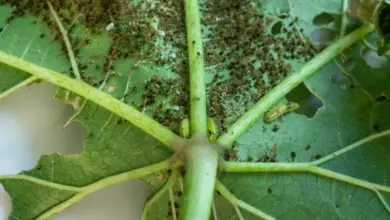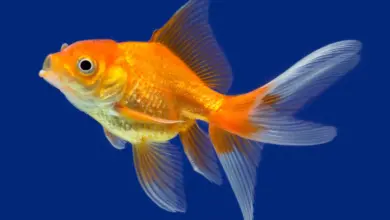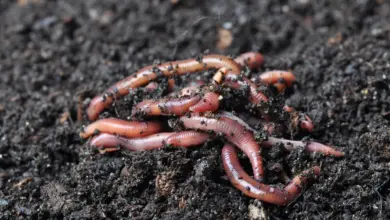Invasive Species
-

Will Thrips Ruin My Harvest?
Thrips are tiny insects that can become a real problem for your harvest if not managed properly. They may not only damage the appearance of your plants and fruits, but…
Read More » -

Angel Catches Giant GoldFish
It may look like an impressive catch, but it’s also a troubling one. [ez-toc] The 30-year-old recreational fisherman in the photo, Rafael Biagini, said that the huge goldfish he is…
Read More » -

Invasive Worms In American Soil
Invasive Worms In American Soil It seems strange to think of earthworms as aliens. After all, they are some of the first wild creatures we notice as children, and they…
Read More »